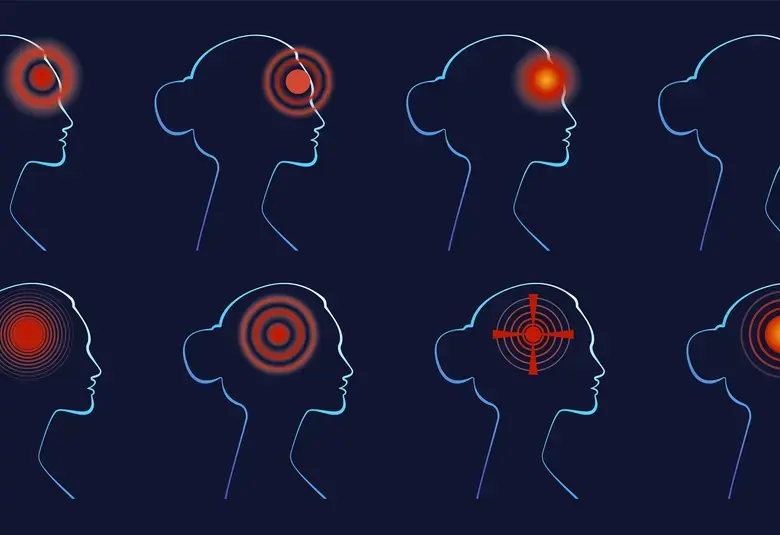What is the relationship between high body mass index and migraine? and What is the real-world burden of migraine? The results of studies detailed in two posters at ICH2021 provided fascinating new insights on these topics to inform the management of migraine.
What is the relationship between high BMI and migraine?1
BMI ≥30 correlated with more headache days per month and headache severity
New patients referred to a large tertiary headache centre were asked to complete a detailed questionnaire on headache characteristics, sleep, depression, anxiety, and stress before their first visit.
Of the 3611 who were subsequently diagnosed with migraine, those with chronic migraine had higher BMI.
Compared to patients with a normal BMI, patients with BMI ≥30 had:
- More headache days per month
- Greater headache severity
- Significantly higher perception of stress scores (p<0.0001) correlating with higher anxiety
- Significantly higher Patient Health Questionnaire-4 score (p<0.0001) correlating with depression
- Sleep problems
BMI ≥30 significantly correlates with migraine comorbidities such as anxiety, depression
The authors, Natalia Murinova, Washington, WA, and her colleagues, therefore conclude that normalizing BMI may protect against migraine chronification and improve all migraine comorbidities.
What is the real-world burden of migraine?2
Over one-third of users reported 2–5 monthly episodes of headache or migraine
Use of a mobile phone app by people with migraine who do not routinely seek medical advice has provided new insights into the impact of migraine on daily life detailed in a poster by Professor Peter Goadsby, London, UK, and his colleagues.
Self-reported data were collected from 60,474 people with headache in Australia, Brazil, France, Germany and Japan between August 2016 and August 2018. They were all users of an e-Diary (Migraine Buddy® app3) for at least 45 days. Approximately 90% were female and over 60% were aged 24–45 years.
Insights about the real-world burden of migraine included the following:
- Tension-type headache was the most commonly reported headache
- Over one-third of users reported 2–5 monthly episodes of headache or migraine
- Approximately 9% reported more than 5 monthly episodes of headache or migraine
- Mean duration of headache episode ranged from 11.6 hours among users based in Japan to 17.3 hours for those in Australia
- Mean duration of migraine episode ranged from 11.2 hours for those in Japan to 16.7 hours for users in Australia.
Burden of migraine includes slower daily activities, missing social activities and missing family time
The impact of migraine episodes on everyday life varied for users based in different countries with:
- Nausea and/or vomiting with every third episode reported by users in Australia, Brazil, France, and Germany, and for 5% of episodes in Japan
- Slower daily activities reported by 42–68% of users
- Missing social activities reported by 11–41%
- Missing family time reported by 20–35%
The authors conclude that big data can therefore provide valuable information to guide future headache management.
The real-world burden study was funded by Sanofi.
For the latest updates on sea.progress.im, subscribe to our Telegram Channel https://bit.ly/telePiM
Our correspondent’s highlights from the symposium are meant as a fair representation of the scientific content presented. The views and opinions expressed on this page do not necessarily reflect those of Lundbeck.




